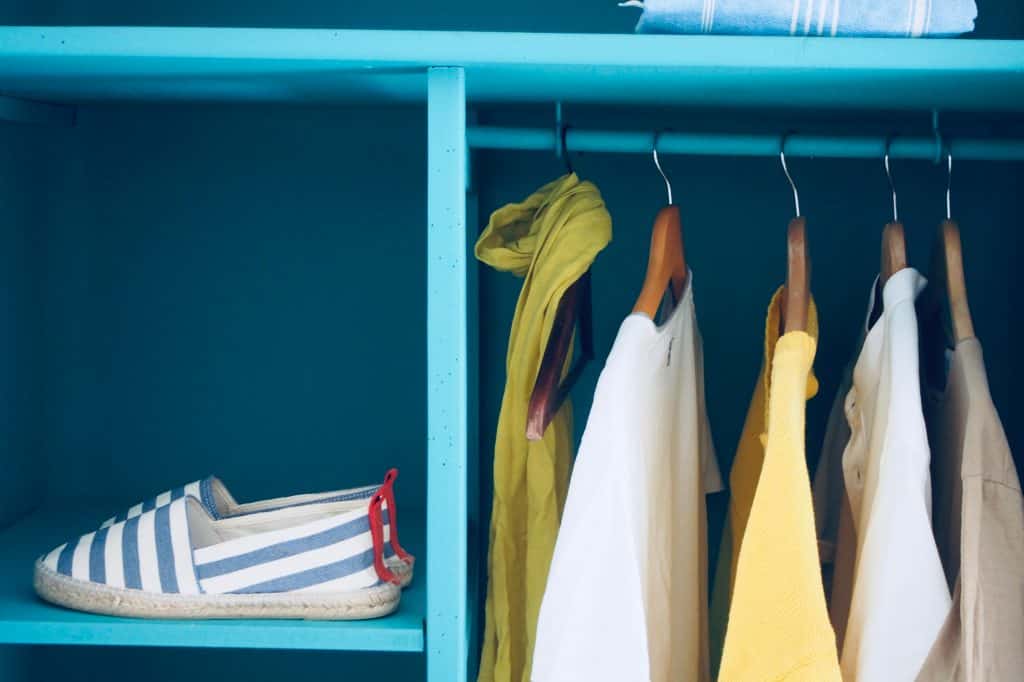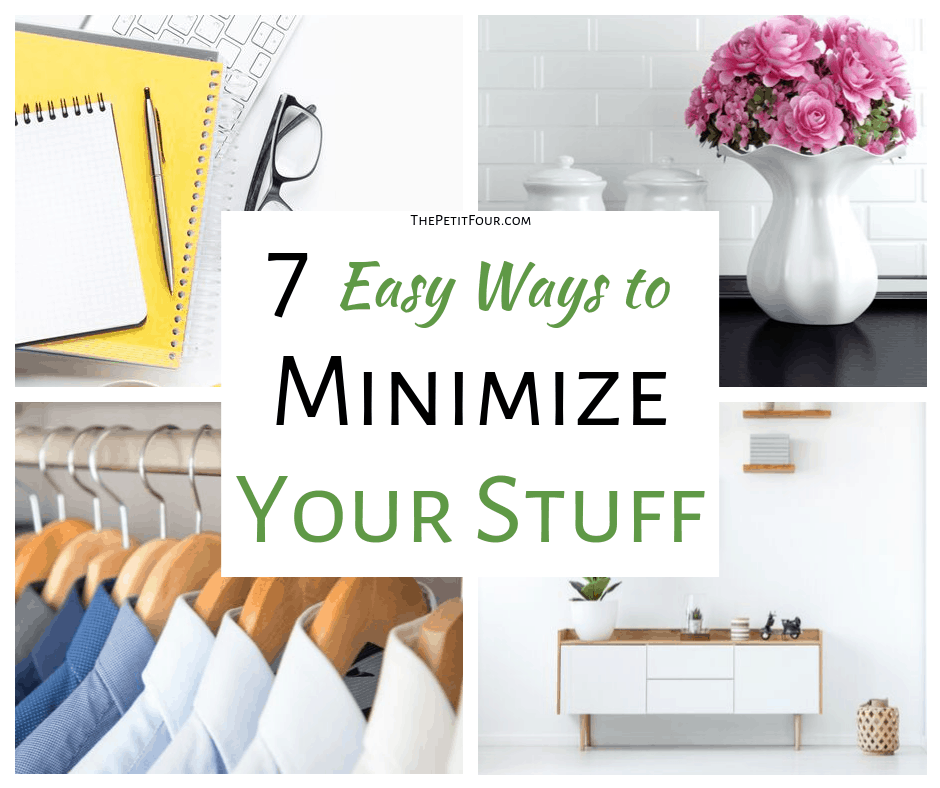If you struggle to find items you need at home or spend a ton of time cleaning around clutter, it’s possible you have too much stuff. Often, people hold onto things because they provide them with a sense of security. But, if it’s gotten to the point where how much you have is becoming a burden or causing you anxiety, it’s time to let some of it go.
Luckily, minimizing your stuff doesn’t have to be a challenge. Here are seven easy ways to get started.
1. Institute a One-Year Rule
Sometimes, fear about needing an item is the only thing that stops you from getting rid of it. You might worry that the second you throw something away or donate it, you’ll suddenly run into a situation where it became necessary. This “just in case” mentality can lead to a lot of excess stuff.
The trick is, if you haven’t used an item within the past 365 days, there’s a decent shot that you genuinely don’t need it. By instituting a one-year rule, you can make quick decisions about what stays and what goes.
Take any time you don’t use regularly and put it in a box. Label that box with the date you filled it and schedule a reminder in your calendar to check it in one year. If you didn’t need to pull an item out during that 365-day period, then it’s probably time for it to go.
You can do the same thing with clothing, too. Take everything in your closet and hang it up, but put the hanger on the rail backward (with the point of the hook facing you instead of the curved section). As you wear an item, you put it back in your closet on a hanger facing the normal way. Then, once a year has passed, take everything that is still on a backward hanger and donate or sell it.

2. Don’t Hang on Due to Sentimental Value
Many people have strong emotional attachments to items that aren’t actually useful. When this happens, it isn’t the thing you want to keep. Instead, you want to hold onto the memory associated with the thing.
Don’t hang onto an item just because you’re feeling sentimental. If it has no other use, consider taking a photograph of the item and saving that in an album. That way, you can trigger that memory whenever you want while cutting down on your clutter.
3. Consider Your “Joy”
After the release of Tidying Up with Marie Kondo on Netflix, the concept of what “sparks joy” in your life became a popular way to determine what you should or shouldn’t keep. As you move through your home, consider whether its presence genuinely makes you feel happy. If the answer is a resounding “yes,” then hang onto it. But, if you hesitate to say “yes” or the answer is a clear “no,” donate it or throw it away.

4. Making Donating a Habit
Many households only donate items once or twice a year, if not less. As a result, it isn’t a habit to look at what you own and decide to make it available to someone else who could use it, even when you don’t actually need it.
By setting up a donation box in your home, you can start making it a habit. When you come across an item that doesn’t provide you with value but is in good condition, put it in the box. Then, the second the box is full, take it to a thrift store or anywhere else that accepts donations. Over time, donating will become second nature, making the process of avoiding clutter easier over the long-term.
5. Start with One Area
If you are overwhelmed by how much stuff you have, then it’s best to start small. Select a single area – like one closet, counter, or even just a single shelf – and focus on it. Take everything out of that area and put it in a big pile. Then, as you go to put each item away, consider whether you actually need it and make conscious decisions about what stays and what goes.
Once you’re finished with that area, pick another one and repeat the process. This breaks what can be a big job into smaller tasks, making it less intimidating. Plus, you can take breaks between each zone or decide to only tackle one area a day. That way, you aren’t pushing yourself to the point of decision fatigue or making the process so miserable that you give up.

6. Give Everything You Keep a Home
When you decide to keep something, don’t toss it just anywhere. Instead, designate a spot as its “home,” and make sure that it either always stays there or is always returned there after use.
By adopting that process, you can keep things orderly as you declutter and well into the future. Essentially, you’ll create an organizational paradigm with an inherent level of stability, making it easier to find critical items and prevent clutter from creeping back in.
7. One In, Two Out
One of the best ways to minimize your stuff is to use the one in, two out method. Every time you bring a new item into your home, you need to select two things that can either be thrown away or donated. Not only can this help you identify clutter, but it may also make you more intentional when you shop. Since you know you’ll need to get rid of a couple of items for each one you bring in, you’ll have to decide if that’s something you are willing to do.
All of the tips above can help you minimize your stuff. Consider giving them all a try and see if you can’t eliminate clutter from your home and life.

